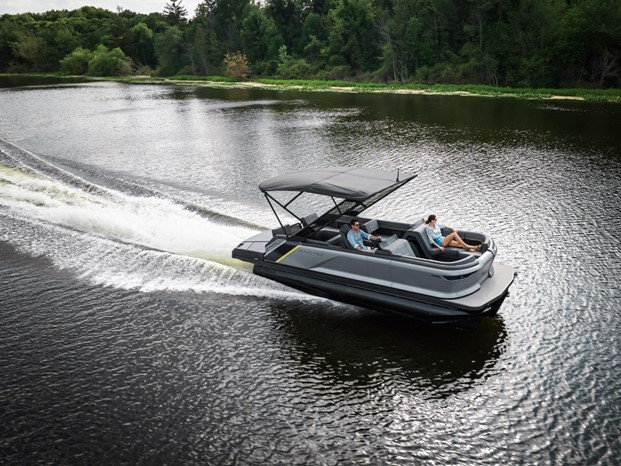What Is Marine Propulsion?
Marine propulsion is the driving force for boats and ships, transforming energy into forward motion. Modern mariners use mechanical engines and powerful systems, which are crucial for safety, fuel efficiency, maintenance, and environmental responsibility beyond speed.
Vessel maintenance, performance, and even structural integrity preservation are heavily dependent on well-maintained propulsion systems. This makes supplies, such as marine paint supplies, indispensable in keeping engines, shafts, and hulls resilient against corrosion and wear. Routine maintenance and protection are crucial for marine equipment longevity and optimal speed and maneuverability. Boating enthusiasts, from weekend anglers to seasoned navigators, appreciate the peace of mind that comes from a well-maintained propulsion system.
Outboard Motors Explained
Outboard motors are self-contained propulsion units mounted on boats’ transoms, combining engine, transmission, and propeller into a single unit. They are popular among small-craft owners and recreational boaters for ease of access, upgrades, and quick removal for maintenance. Outboards offer flexibility, allowing easy swapping between dinghies or high-performance fishing vessels. Available in sub-5 horsepower configurations to over 400 offshore ships, they standardize spare parts, service, and accessories, reducing marine mechanics’ headaches.
Advances in Technology
Marine propulsion is undergoing significant technological advancements, with outboard motors now featuring features like digital throttle, microprocessor-controlled ignition systems, corrosion resistance, and on-screen diagnostics. Manufacturers have also reduced weight using high-strength alloys and composites, improving power-to-weight ratios and fuel efficiency. Electronic fuel injection, joystick piloting, and integrated GPS systems have revolutionized performance and convenience. The surge in electric and hybrid outboard units also paves the way for a greener marine industry.
Benefits of Modern Outboards
Outboard motors are popular due to their practicality and performance. They offer portability, space savings, enhanced maneuverability, and upgradability. Unlike inboard systems, outboard motors can be easily removed for storage, theft prevention, or transfer between boats. Outboards also provide precise movements at low speeds, making them ideal for shallow waters. Upgradability is another advantage, as many owners opt for newer, more fuel-efficient models without major boat modifications. Overall, outboard motors offer a unique combination of convenience and performance.
Environmental Impacts
The marine sector faces intense scrutiny over emissions and resource use. In response, outboard engines have shifted from carbureted two-strokes to cleaner, quieter four-stroke and direct injection two-stroke models. These engines dramatically cut unburned hydrocarbons and other pollutants, supporting sustainable recreation even in sensitive ecosystems. Many manufacturers now commit to meeting or exceeding global regulatory standards for emissions—a win for both the water and future generations.
For environmentally conscious boaters, electric outboard options offer the next step in reducing impact. Battery advances mean these motors can deliver practical range for day trips, while marinas are beginning to provide the necessary charging infrastructure. Many regions even reward owners of low-emission vessels with incentives like reduced docking fees or special access to protected waters, further encouraging green boating.
Safety and Regulations
Boating safety relies on effective, well-maintained propulsion, compliance with emission rules, and maintenance schedules. Operators should pay attention to proper fueling, secure mounting, and kill switches. Marine safety courses are essential for new and experienced boaters, and staying informed on policy changes and regional restrictions ensures responsible operation.



